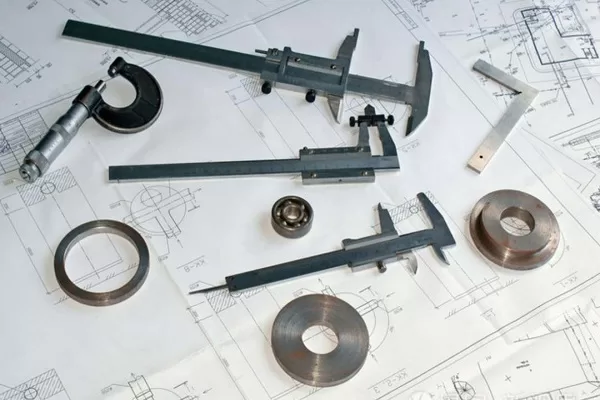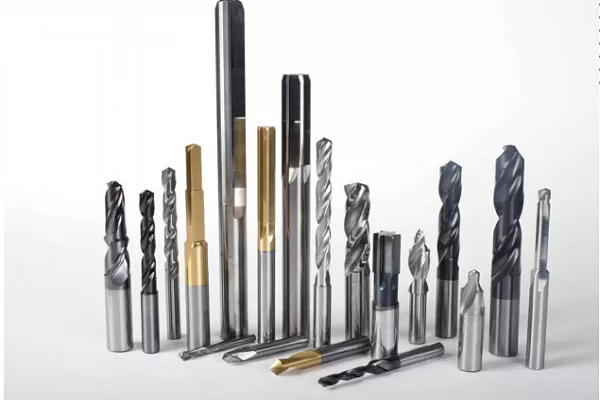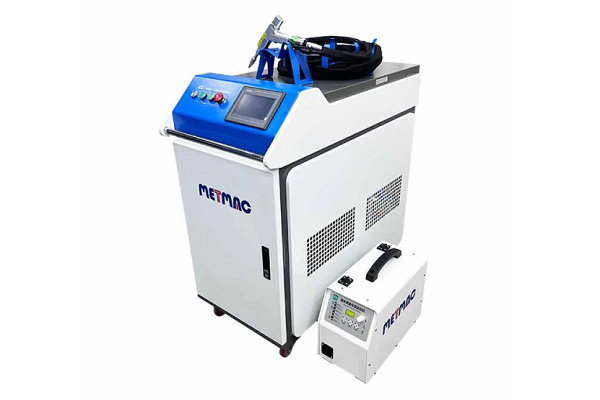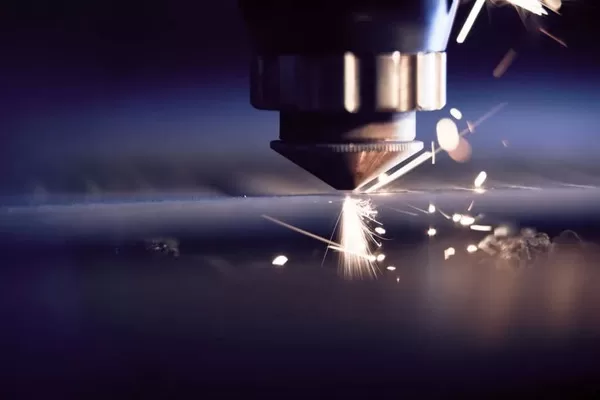
Safety Features and Protocols in Sheet Cutting Machine Design
- By:Metmac
- 2024-05-11
- 95
Sheet cutting machines are essential tools in various industries, from manufacturing to construction. While they offer great efficiency and precision, these machines can also pose significant safety risks if not properly designed and operated. To mitigate these risks, manufacturers employ a range of safety features and protocols to ensure the protection of operators and prevent accidents.
Mechanical Safety Guards
Mechanical safety guards are physical barriers designed to prevent contact between the operator and hazardous areas of the machine. These guards include:
Fixed guards: Permanently attached to the machine, covering moving parts and pinch points.
Interlocked guards: Automatically disable the machine when opened, preventing operation with the guard removed.
Fence guards: Surround the cutting zone, preventing hands and other body parts from reaching hazardous areas.
Electrical Safety Systems
Electrical safety systems protect operators from electrical hazards, such as shock, electrocution, and short circuits. These systems include:
Grounding: Connects the machine to earth, providing a path for excess electricity to escape.
Electrical isolation: Isolates the machine from the main power supply when not in use or during maintenance.
Emergency stop switches: Located within easy reach of the operator, these switches instantly shut down the machine in the event of an emergency.
Machine Controls and Ergonomics
Proper machine controls and ergonomics play a vital role in ensuring operator safety. These features include:
Ergonomic controls: Designed to reduce operator fatigue and improve comfort, minimizing the risk of errors or accidents.
Two-hand operation: Requires the operator to use both hands to activate the cutting mechanism, preventing accidental activation.
Clear visibility: Provides the operator with an unobstructed view of the cutting zone, improving situational awareness and reducing the risk of misalignments or injuries.
Maintenance and Inspection Protocols
Regular maintenance and inspection protocols are crucial to prevent malfunctions and ensure the safe operation of sheet cutting machines. These protocols include:
Regular inspections: Performed by trained personnel to identify potential hazards and address any issues promptly.
Preventive maintenance: Scheduled maintenance tasks to replace worn parts, lubricate moving components, and ensure general machine health.
Operator training: Comprehensive training programs for operators on proper machine operation, safety precautions, and emergency procedures.
Conclusion
Safety features and protocols play a critical role in sheet cutting machine design, protecting operators from potential hazards and preventing accidents. By incorporating these features into the machine design, manufacturers ensure compliance with industry regulations, enhance operator confidence, and reduce the risk of injury or damage. It is essential for users to familiarize themselves with these safety mechanisms and adhere to maintenance and inspection protocols to ensure the continued safe operation of sheet cutting machines.
-
The Advantages of Using a Sheet Roll Forming Machine in Manufacturing
2024/09/14 -
How to Optimize Your Laser Sheet Cutting Machine for Maximum Performance
2024/09/12 -
How to Maximize Efficiency with Modern Sheet Metal Working Machines
2024/09/04 -
The Environmental Benefits of Using Duct Board Grooving Machines
2024/09/03
-
A Guide to the Latest Innovations in Sheet Metal Folding Machines
2024/11/29 -
Key Features to Consider When Investing in a Sheet Metal Folding Machine
2024/11/28 -
Enhancing Precision with Advanced Sheet Metal Folding Machines
2024/11/27 -
How to Choose the Right Sheet Metal Folding Machine for Your Workshop
2024/11/26



